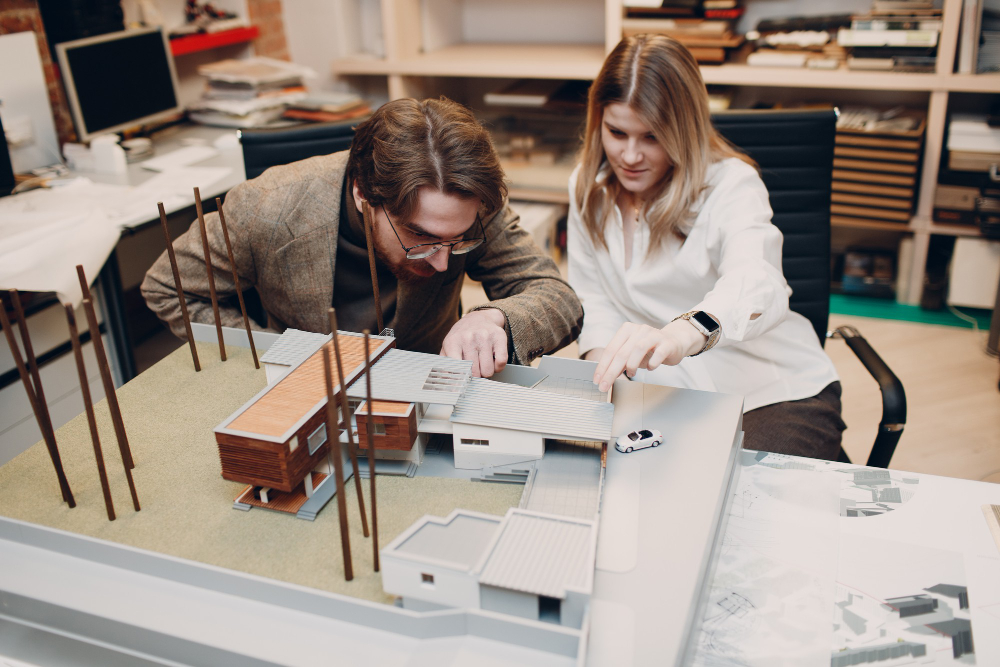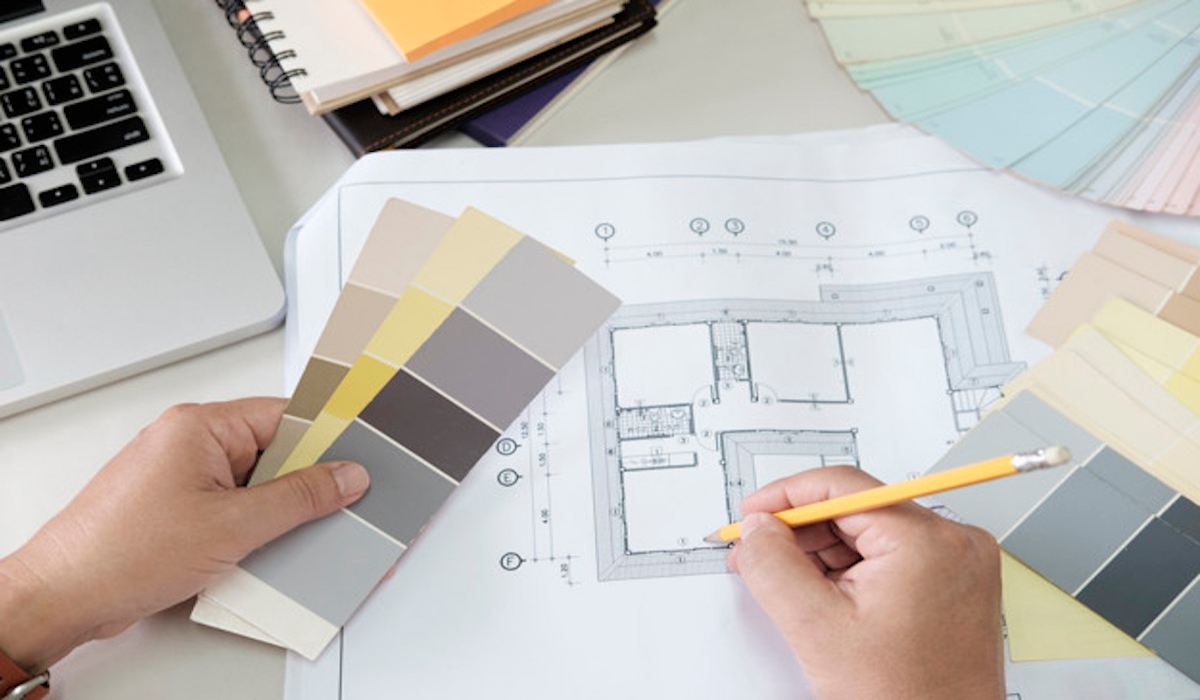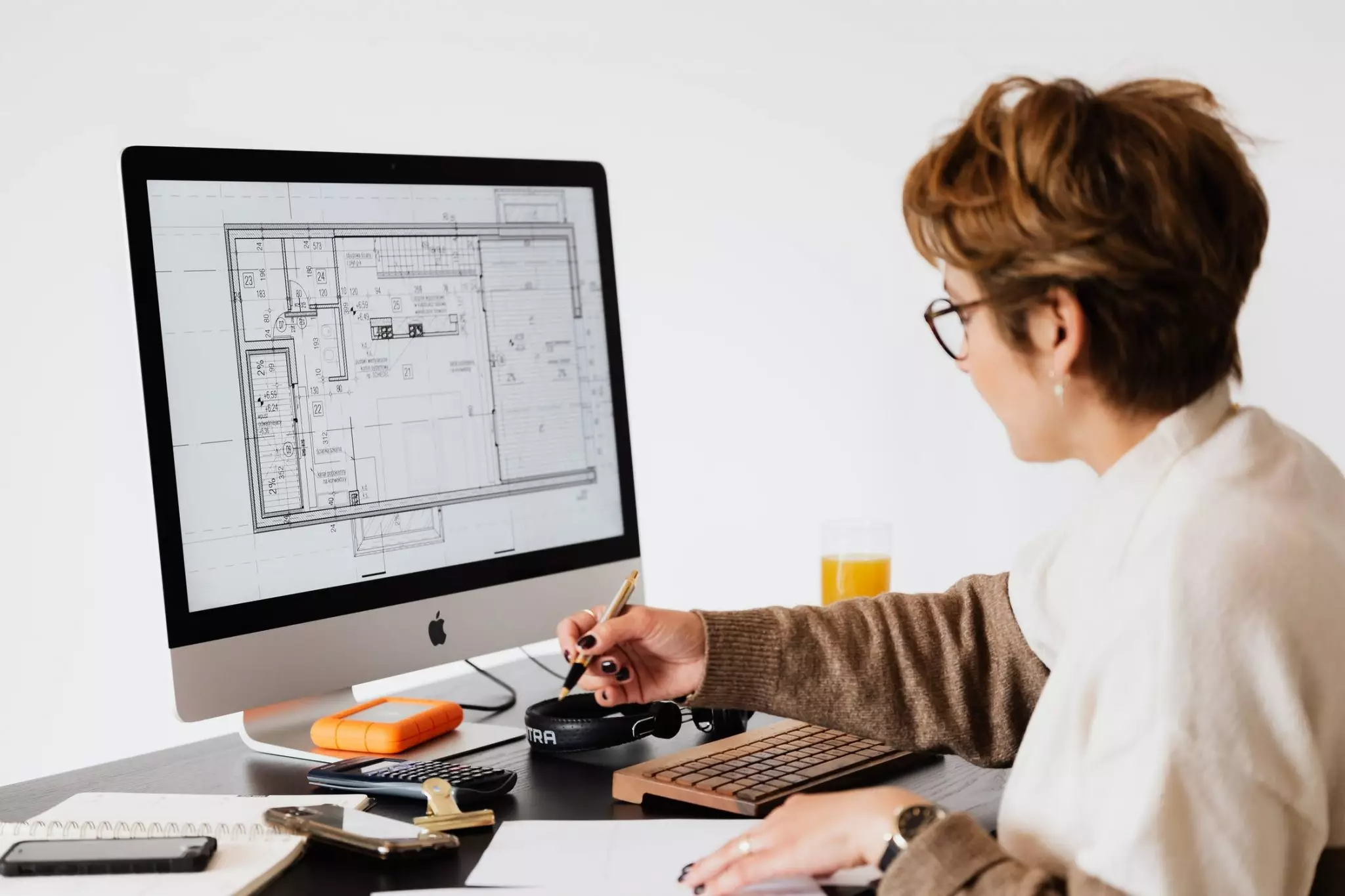Interior Design Courses to Unlock Your Potential in the Design Industry
With the growing infrastructure, interior design Courses has become a lucrative field for global aspirants. It provides property owners with thoroughly planned interiors that not only look elegant but also deliver comfortability, functionality, and a sense of calmness to their occupants.
Many modern offices are hiring interior designers to design their office spaces. Based on the Capital One survey, 90% of employees feel they perform better in a well-designed workspace.
In this blog, we will share insights on what it takes to become an interior designer through the best interior design courses, how you can choose the right one, and the ways to make the optimum use of your career-empowering courses. Let’s sail in!
Why Are Interior Design Courses Important?
Interior design courses are crucial in several ways. They help provide the right foundation for your career stages and set the tone high when you enter the professional market. Here are the key reasons why interior design courses are important:
1. Fundamental Knowledge and Theory
Do you want free career counseling?
Ignite Your Ambitions- Seize the Opportunity for a Free Career Counseling Session.
- 30+ Years in Education
- 250+ Faculties
- 30K+ Alumni Network
- 10th in World Ranking
- 1000+ Celebrity
- 120+ Countries Students Enrolled
Interior design courses after 12th teach you the fundamental concepts of interior design, such as color theory, spatial arrangement, and lighting. These concepts help you understand the path to designing aesthetically pleasing and functional spaces.
2. Practical Skill Development
Such courses are intricately created to give you a strong grasp of designing tools like CAD software and 3D modelling. By gaining proficiency in such tools, students can perform seamless experiments with various designs, materials, and room configurations. Furthermore, it builds confidence and enables them to use these tools in real-world situations.
3. Understanding Human-Centric Design
As you know, interior design is not just about appearance and aesthetic appeal. It extends to functionality and comfortability (check the ‘introduction’ section). These courses teach you the value of ergonomics and a user-centric approach to precisely and accurately meeting clients’ physical and psychological needs.
Book Now →
4. Exposure to Styles and Trends
Interior design curriculums are constantly upgraded, making sure students are learning what’s needed the most in modern businesses. These trends include sustainable design, minimalism, and biophilic designs. Such exposures enable students to stay adaptable in the fast-paced industry.
5. Building a Professional Portfolio
Many esteemed interior design courses offer real-world simulation training to their students. These simulations allow students to work in practical scenarios, making them job-ready when they enter the corporate landscape. Moreover, they build a solid portfolio, which opens lucrative doors to better job opportunities.
6. Networking and Industry Insights
Interior design courses provide better networking opportunities for students to connect with peers, instructors, and guest lecturers. By getting involved with them, students learn several new things that they may not be able to understand through conventional lectures. This networking can lead to internships, mentorships, and long-term professional relationships.
Do you want free career counseling?
Ignite Your Ambitions- Seize the Opportunity for a Free Career Counseling Session.7. Boosting Creativity and Problem-Solving Skills
Interior design courses push students to think creatively by addressing spatial limitations, budget constraints, and clients’ demands beyond their standard capacity. Such an approach builds critical thinking and innovative solutions within them; an invaluable asset to their creative career.
8. Certification and Professional Growth
Many notable interior design courses provide numerous certifications along with their curriculum. These certifications are highly valuable in the competitive market and set the baseline of competency for potential employers and clients.
9. Increased Career Opportunities
These comprehensive interior design courses allow students to pursue various roles, such as residential or commercial designers, set designers, and freelance consultants. The foundation provided by these courses opens up diverse career paths in the design field.

Five Qualities You Should Look for in an Interior Design courses
Choosing the right interior design courses is as important as learning the fundamental concepts of the subject. In the paradigm of numerous courses claiming their credibility and profoundness, finding the right interior design courses can help you maintain competitive constantly over other candidates. Here are the top 7 qualities you must look for in interior design courses.
1. Experienced Instructors
The instructors should be highly knowledgeable and accredited in their fields. You should check their academic qualifications, which are generally provided on the institute’s website. Choosing expert instructors can help you gain valuable insights and practical skills outside their conventional syllabus.
2. Hands-on Learning
You must also check if their curriculum includes real-world projects or exercises. These can help you build practical skills faster and more proficiently.
3. Modern Design Tools
These courses should include popular design software and tools in their curriculum, such as AutoCAD, SketchUp, and Adobe Creative Suite. By learning about these tools, you can be well-prepared for real design jobs and easily land freelance roles.
4. Industry Connections
Such courses have connections with industry leaders, stakeholders, and esteemed alumni, through which they can offer internships, workshops, and networking opportunities. Look for these accreditations on their websites and social media channels.
5. Flexible Scheduling
The best interior design courses in Delhi have flexible schedules that cater to both professionals and aspiring students. Find courses that offer flexible timings, like on weekends or online options.
How to Make the Most Out of the Interior Design Courses
No matter how skilled and credible these courses are, you, as a student, should also need to contribute to your professional success. Here’s how you can make the optimum usage of these courses:
1. Be Curious and Ask Questions
Curiousness is the number one criterion for excelling in interior design. Try asking questions to your instructors and clarifying your concepts as they arrive, which will help you deepen your proficiency in these concepts. Furthermore, as you proceed to the next chapters, it will be much easier to grasp those advanced concepts.
2. Practice Design Software Regularly
Practice these designing tools as many times as you can at your homes and offices consistently. Most of these software programs are free or offer a freemium version. Try to solve real-world problems using these tools.
3. Network with Classmates and Professionals
Build connections with college alumni, interior design groups, and industry professionals on LinkedIn. These channels provide valuable insights and knowledge outside the subject.
4. Seek Feedback on Your Work
Always be ready to listen to the feedback from your instructors and peers. This feedback can help you improve from parallel dimensions and serve as a valuable tool for refining your advanced interior designing style.
5. Work on Your Portfolio
Try visiting the different monuments physically. Carefully analyze their interiors and see what can be improved and how you can make them valuable and more aesthetically-pleasing. This way you will be able to develop both critical and practical thinking, which can showcase your market-oriented skills to potential clients and employers.
6. Stay Inspired
Lastly, never stop learning. Keep following the design trends and studying successful designers, even if you complete the interior design courses after 12th. Visit different galleries or showrooms to keep your creativity alive and gain fresher ideas.
Wrapping Up
Interior design is a creative skill that demands the right blend of practical and theoretical conceptual study. By developing this systematic approach, you can be on a well-planned path towards becoming a proficient interior designer. This way, you can seamlessly develop market-leading designs based on customers’ needs, priorities, and requirements.
We hope you liked this informative post. For more information on these interior design courses, connect with our AAFT team today.

AAFT has been providing the world with limitless creativity and expression since 1993! Through a dynamic and industry-driven curriculum, AAFT provides engaging and captivating articles to persuasive blogs and empowers its readers to explore diverse avenues of creative media education-related content.










